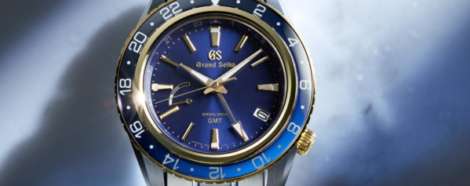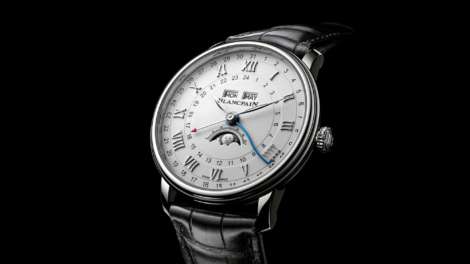What is the Omega Speedmaster?
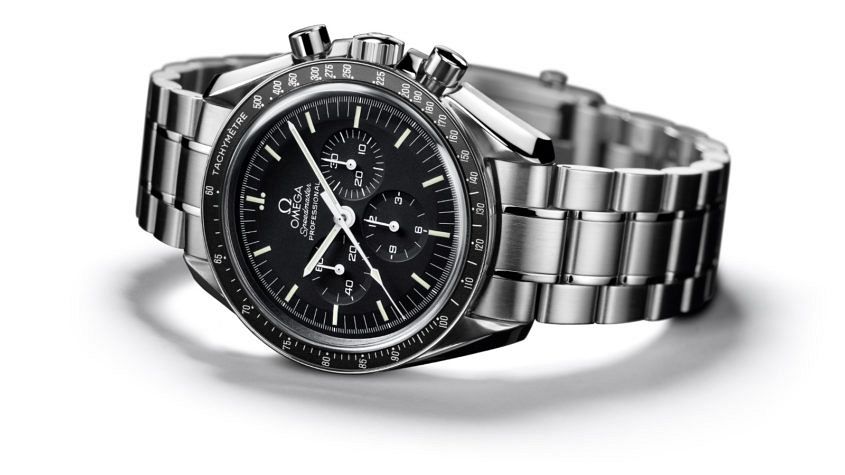 This week seems to be an appropriate one to ask what, as far as a product-focused watch news and review site goes, is a profoundly philosophical question: what is the Omega Speedmaster? Simple, non? Well, sort of. At the base level, the Speedmaster is Omega’s long-running family of professionally oriented chronographs. But it’s so much more than that. It is, in the truest sense of the word, an icon of both modern design and history. It’s the Moonwatch, immortalised in the Smithsonian Museum, in film and pop culture. Viewed through this lens, the Speedmaster quickly becomes more than a professionally oriented chronograph. The history of watchmaking is littered with such watches, but really, less than a handful stand out as historical objects and names with this sort of weight. And none, I would say, sit higher than the Speedy. And really, that comes down to the moon. As far as declarative caseback stories go, it’s hard to top, “Flight-qualified by NASA for all manned space missions” and “The first watch worn on the Moon”. But the Speedmaster is more than a nice story. It is also, to quote long-serving Omega President Mr Stephen Urquhart, “the hook that kept Omega going through the…
This week seems to be an appropriate one to ask what, as far as a product-focused watch news and review site goes, is a profoundly philosophical question: what is the Omega Speedmaster? Simple, non? Well, sort of. At the base level, the Speedmaster is Omega’s long-running family of professionally oriented chronographs. But it’s so much more than that. It is, in the truest sense of the word, an icon of both modern design and history. It’s the Moonwatch, immortalised in the Smithsonian Museum, in film and pop culture. Viewed through this lens, the Speedmaster quickly becomes more than a professionally oriented chronograph. The history of watchmaking is littered with such watches, but really, less than a handful stand out as historical objects and names with this sort of weight. And none, I would say, sit higher than the Speedy. And really, that comes down to the moon. As far as declarative caseback stories go, it’s hard to top, “Flight-qualified by NASA for all manned space missions” and “The first watch worn on the Moon”. But the Speedmaster is more than a nice story. It is also, to quote long-serving Omega President Mr Stephen Urquhart, “the hook that kept Omega going through the…
The post What is the Omega Speedmaster? appeared first on Time and Tide Watches.


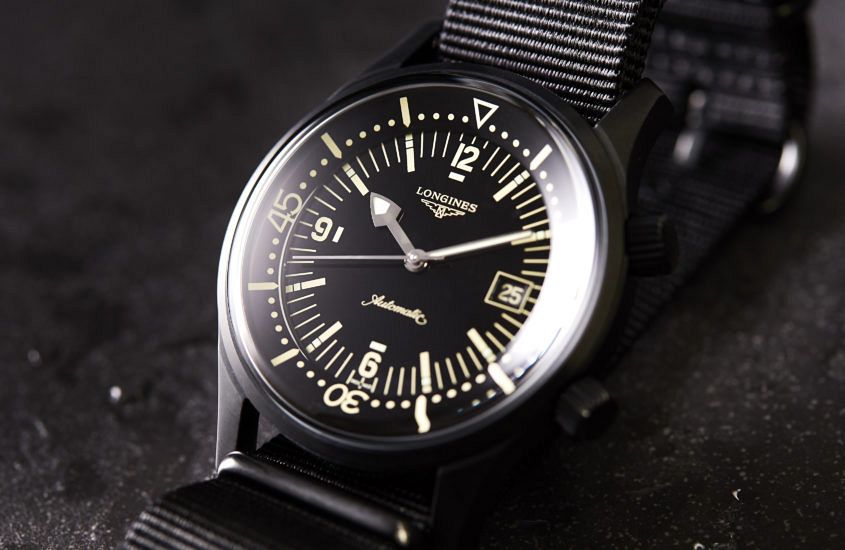 We’re on record as being fans of the Longines Legend Diver Black — in fact, we like it so much we’re selling it in our shop. The attraction is immediate: if you just look at these photos, obviously apparent. It’s stealthy, sexy and very, very sharp. In case you need a quick primer: 42mm, 300m of water resistance, PVD case, rock-solid automatic, glassbox sapphire and a sexy dual-crown super compressor style layout. Hotness. But pictures and specs only tell half the story. Luckily, we’ve got video. So, if you want to see what the Legend Diver is like on the wrist, hit play and see what it’s like on the wrist. Now, it’s worth pointing out that this watch comes on a rubber, Milanese-style strap, but because we’re such massive fans of the NATO (seriously, is there a more user-friendly, versatile strap out there?), we’re also including one of our black-on-black NATOs in the package. Click here to buy the Longines Legend Diver Black (with bonus NATO), for $3550 from our shop
We’re on record as being fans of the Longines Legend Diver Black — in fact, we like it so much we’re selling it in our shop. The attraction is immediate: if you just look at these photos, obviously apparent. It’s stealthy, sexy and very, very sharp. In case you need a quick primer: 42mm, 300m of water resistance, PVD case, rock-solid automatic, glassbox sapphire and a sexy dual-crown super compressor style layout. Hotness. But pictures and specs only tell half the story. Luckily, we’ve got video. So, if you want to see what the Legend Diver is like on the wrist, hit play and see what it’s like on the wrist. Now, it’s worth pointing out that this watch comes on a rubber, Milanese-style strap, but because we’re such massive fans of the NATO (seriously, is there a more user-friendly, versatile strap out there?), we’re also including one of our black-on-black NATOs in the package. Click here to buy the Longines Legend Diver Black (with bonus NATO), for $3550 from our shop  Editor’s note: If you look at the profile of this Bulgari Octo Finissimo Skeleton Titanium Blue, there isn’t a lot to see. That’s because the watch is so darned thin! But the dial-side more than makes up for it, because Bulgari has cut the dial open, exposing all manner of goodness inside. Read on for Cam’s review … The story in a second: So thin you can see through it. If you were to summarise Bulgari’s approach to design and modern-day watchmaking, the Octo would be the result. In less than a decade, the Italian manufacturer has turned a single striking case design into an entire collection, evolving with each new model, and breaking records left, right and centre. One of this year’s newest additions is the Octo Finissimo Skeleton Titanium Blue, and although it’s not exactly a record-breaker, it does not disappoint. The case What more can I say about the case of the Octo Finissimo that we haven’t already said? It’s thin (boy, is it thin!), but slenderness is not the only thing; it’s about the entire package. This Skeleton’s lines are sharp, gliding across its barely there profile like skates on ice. Only that ice is sandblasted…
Editor’s note: If you look at the profile of this Bulgari Octo Finissimo Skeleton Titanium Blue, there isn’t a lot to see. That’s because the watch is so darned thin! But the dial-side more than makes up for it, because Bulgari has cut the dial open, exposing all manner of goodness inside. Read on for Cam’s review … The story in a second: So thin you can see through it. If you were to summarise Bulgari’s approach to design and modern-day watchmaking, the Octo would be the result. In less than a decade, the Italian manufacturer has turned a single striking case design into an entire collection, evolving with each new model, and breaking records left, right and centre. One of this year’s newest additions is the Octo Finissimo Skeleton Titanium Blue, and although it’s not exactly a record-breaker, it does not disappoint. The case What more can I say about the case of the Octo Finissimo that we haven’t already said? It’s thin (boy, is it thin!), but slenderness is not the only thing; it’s about the entire package. This Skeleton’s lines are sharp, gliding across its barely there profile like skates on ice. Only that ice is sandblasted…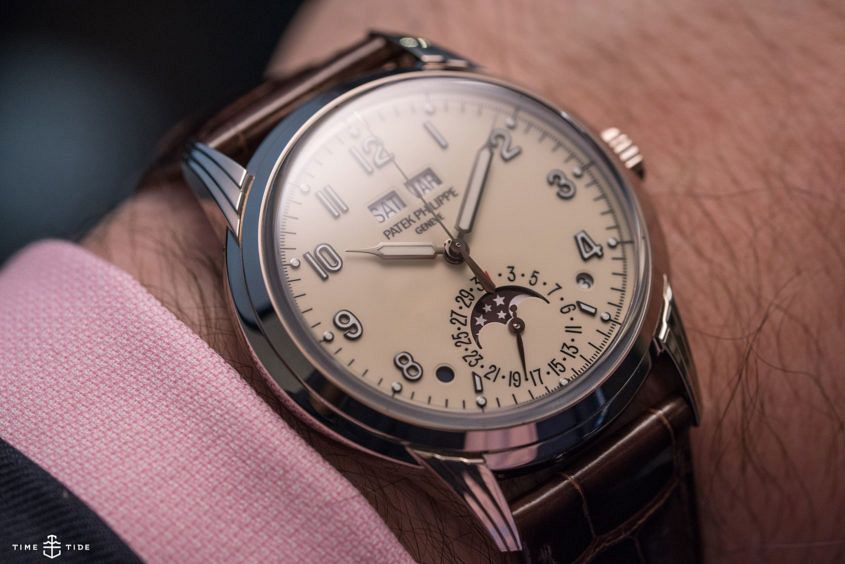 Editor’s note: You know heritage has moved from ‘trend’ to ‘the new normal’ when Patek Philippe (that most conservative of Swiss mavens) release what is, essentially, a heritage re-release, back in 2017 … Heritage is here to stay. What started as a trend intended to appeal to the hardcore collectors has slipped into the mainstream, and somewhere along the way it became a key pillar in major brands’ release strategies. In 2007 it was very much novelty, now it’s the new normal. Case in point is Patek Philippe’s hero model of 2017 – the 5320G Perpetual Calendar, an undeniably handsome take on a very Patek complication. The 5320G is not a remake of a particular vintage reference (though it does bear a striking resemblance to the ref. 3448); rather it’s a melange of mid-century design codes, neatly combined in a 40mm white gold, retro-modernist package. Most of the attention heaped upon the 5320G has focused on the dial, and it’s easy to see why. The layout is balanced, with day and month apertures at the top, and a moonphase display and pointer date at the bottom. The functions at six are flanked by relatively discreet portholes displaying day/night and leap…
Editor’s note: You know heritage has moved from ‘trend’ to ‘the new normal’ when Patek Philippe (that most conservative of Swiss mavens) release what is, essentially, a heritage re-release, back in 2017 … Heritage is here to stay. What started as a trend intended to appeal to the hardcore collectors has slipped into the mainstream, and somewhere along the way it became a key pillar in major brands’ release strategies. In 2007 it was very much novelty, now it’s the new normal. Case in point is Patek Philippe’s hero model of 2017 – the 5320G Perpetual Calendar, an undeniably handsome take on a very Patek complication. The 5320G is not a remake of a particular vintage reference (though it does bear a striking resemblance to the ref. 3448); rather it’s a melange of mid-century design codes, neatly combined in a 40mm white gold, retro-modernist package. Most of the attention heaped upon the 5320G has focused on the dial, and it’s easy to see why. The layout is balanced, with day and month apertures at the top, and a moonphase display and pointer date at the bottom. The functions at six are flanked by relatively discreet portholes displaying day/night and leap…